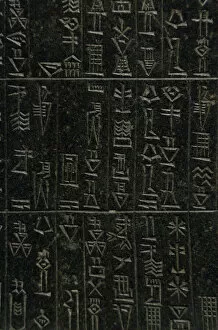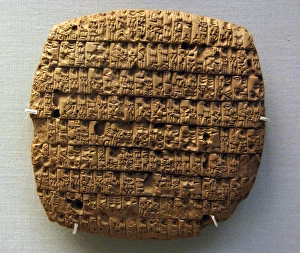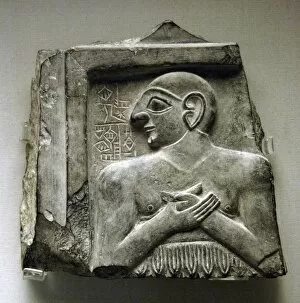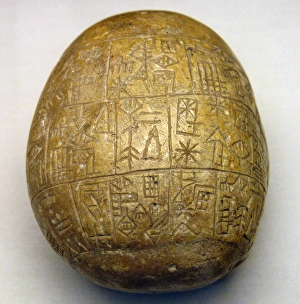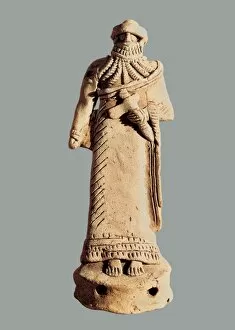Girsu Collection
"Girsu: Unveiling the Ancient Treasures of Mesopotamia" Step back in time to the Neo-Sumerian era, as we explore the captivating city of Girsu
All Professionally Made to Order for Quick Shipping
"Girsu: Unveiling the Ancient Treasures of Mesopotamia" Step back in time to the Neo-Sumerian era, as we explore the captivating city of Girsu. Located in modern-day Iraq, this historical site holds a wealth of archaeological wonders that shed light on ancient civilizations. One remarkable artifact is the statue of Gudea, a prominent ruler during the 3rd millennium BC. Crafted with intricate detail and precision, this masterpiece showcases Gudea's regal stature and his devotion to religious practices. Cuneiform tablets discovered in Girsu provide fascinating insights into daily life. One such tablet depicts beer allocation, revealing how important this beverage was to the people of that time. It transports us to an era where social gatherings were accompanied by mugs filled with frothy barley brews. The Sacred Basin from the Gudea Period further emphasizes their spiritual beliefs. Elaborately decorated and meticulously crafted, it served as a vessel for sacred rituals and offerings made to deities worshipped during that period. Another notable figure from Lagash is Enannatum I, whose portrait-relief captures his dignified presence and authority as a ruler. This artwork serves as a testament to their advanced artistic skills and reverence for their leaders. It also boasts stunning limestone statues like that of a woman dating back to 2500 BC. The delicate features preserved over centuries showcase their mastery in sculpting human forms, providing us with glimpses into ancient beauty standards. Votive pebbles found at Girsu offer intriguing glimpses into personal spirituality during Early Dynastic Period III. These small yet significant objects were used by individuals seeking divine favor or expressing gratitude through symbolic offerings. King Eannatum's reign during Archaic Dynasty III left an indelible mark on Mesopotamian history. His accomplishments are immortalized through art pieces like statues depicting him adorned with royal insignia, symbolizing his power and influence.

